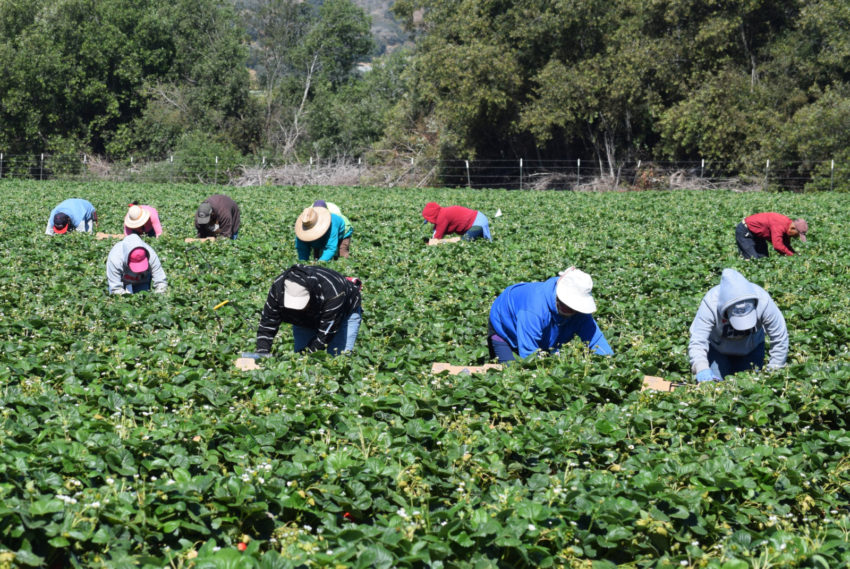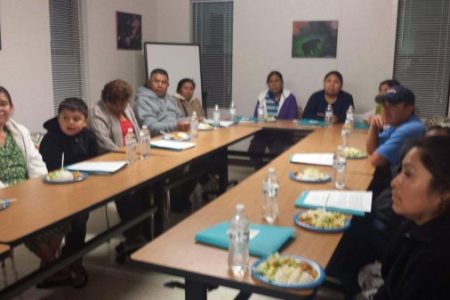
Share On Social!
The U.S. is home to more than three million migrant farmworkers, according to the National Center for Farmworker Health.
Who are these migrant farmworkers?
Most are Latino men—fathers, husbands, sons—who leave Mexico with dreams of making enough money to support their families back home, then ultimately returning to their homeland.
The health challenges these farmworkers face, like diabetes, rarely get attention.
A Nurse’s Care for Farmworkers

Elisabeth Almekinder, a registered nurse who has spent 22 years in public health in South Carolina, knows the health issues facing farmworkers.
Almekinder has built up the diabetes self-management education program at her health department in the Coastal Region of North Carolina.
Her favorite class to teach is one for migrant farmworkers.
“This class lets me get right in community health grassroots programs where diabetes education can really make a difference”, she explains in her recent blog post for thediabetescouncil.com.
Almekinder takes her diabetes messages online at thediabetescouncil.com.
The site is run by a team of five individuals. Content is supplied by retired nurses and certified diabetes educators at the Diabetes Council. The site offers articles about diabetes risk factors, Type 1, Type 2, and Gestational Diabetes. The site even has a page that lists Diabetes Support and Educational programs around the nation.
Farmwokers In Need of Diabetes Education
One of Almekinder’s recent articles highlights the need for diabetes education for migrant farmworkers.
She tells of a farmworker, Henrico, who limped into the clinic in his work boots. He had extremely elevated blood sugar levels and a blister on his foot. In trying to stabilize his blood sugar by starting him on insulin, Henrico was admitted to the hospital.
Almekinder and her staff made daily home visits for weeks. Unfortunately, Henrico’s blood sugar remained so elevated that it became apparent he had not been taking his insulin. His toe was infected.
“Henrico ended up with amputation two weeks after being diagnosed with LADA (Latent Autoimmune Diabetes in Adults),” Almekinder wrote.
Elisabeth empathized with how it took Henrico time to realize the seriousness of his illness—how he could have self-managed better. Thankfully, he was able to walk well on a prosthetic and now even attends diabetes classes to learn more.
‘Cluster Clinics’: The Key to Effective Care
Many farmworkers do not know the basis of how to get treated or even have access to healthcare facilities due to financial barriers and fear of deportation. With the many barriers that farmworkers face in receiving treatment and class education for diabetes, many states have implemented culturally sensitive approaches to reach this population.
A study in Minnesota and North Dakota found that “cluster clinics” provided farmworkers with excellent or good diabetes care.
As the name “cluster” implies, these clinics provide farmworkers with a bundle of services from lab work all the way to foot exams. Additionally, these cluster clinics deliver these services by being culturally sensitive with “evaluating the literacy and understanding the level of patients to make sure that language and cultural barriers do not impede learning about their diabetes.”
Clinicians in the study worked to bring these cluster clinics to schools, churches, or farms.
Learn more about diabetes and migrant health at:
Or reach out to Almekinder’s The Diabetes Council to get involved in diabetes education!
By The Numbers
25.1
percent
of Latinos remain without health insurance coverage



